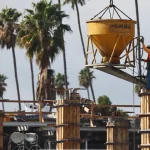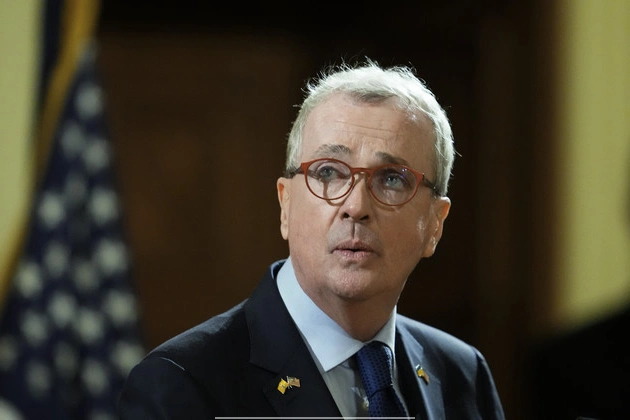
Los Angeles Wildfires: Updates on Death Toll and Ongoing Battles
Los Angeles Wildfires Update: Death Toll Rises
The wildfires in Los Angeles have tragically claimed the lives of 16 individuals as firefighting crews work tirelessly to contain the blazes. The Palisades Fire and Eaton Fire have been particularly devastating, with five and eleven fatalities respectively reported by the Los Angeles County coroner’s office.
The search for victims continues as teams with cadaver dogs meticulously comb through the affected areas, indicating that the death toll may unfortunately climb higher. Authorities have set up centers for people to report missing individuals, underscoring the gravity of the situation.
Threats to Landmarks and Evacuation Efforts
Concerns loom over the potential spread of the fires towards iconic landmarks like the J. Paul Getty Museum and the University of California, Los Angeles. New evacuation warnings have put additional homeowners on edge as the fires threaten more residential areas.
Cal Fire’s latest reports show that the Palisades, Eaton, Kenneth, and Hurst fires have collectively ravaged approximately 62 square miles, surpassing the area of San Francisco. The evacuation orders have affected 150,000 residents in Los Angeles County, with shelters accommodating over 700 individuals seeking refuge.
Continued Firefighting Efforts and Challenges Ahead
The firefighting response involves a massive collaborative effort, with teams from California and other states, totaling 1,354 fire engines, 84 aircraft, and over 14,000 personnel. Even firefighters from Mexico have joined the operation to combat the blazes.
Despite some containment progress reported by Cal Fire for the Palisades and Eaton fires, challenges persist with critical weather conditions. Strong winds forecasted for the upcoming days pose a significant threat, potentially reigniting the flames and complicating containment efforts.
Notable firefighting efforts were witnessed in Mandeville Canyon, a high-profile area near the UCLA campus, where helicopters and ground crews engaged in a fierce battle to protect homes and prevent further damage.
Community Support and Recovery Initiatives
The devastating impact of the wildfires has spurred a remarkable outpouring of support from volunteers and donors. Donation centers have been overwhelmed with contributions, underscoring the community’s solidarity in times of crisis.
However, the road to recovery remains daunting for many residents, like Altadena’s Jose Luis Godinez, who lost multiple family homes in the fires. The emotional toll and material losses are profound, highlighting the urgent need for assistance and rebuilding efforts.
As authorities assess the damage and provide guidance on safe return procedures, residents are urged to prioritize safety due to potential health hazards from the lingering ash and debris. Protective measures and caution are paramount during the recovery phase.
Leadership Challenges and Accountability
The wildfires have not only tested the resilience of Los Angeles residents but also the leadership of public officials. Mayor Karen Bass and Governor Gavin Newsom face scrutiny over the crisis response, with concerns raised about infrastructure readiness and funding allocation for firefighting.
Los Angeles Fire Chief Kristin Crowley’s remarks underscore the critical need for adequate resources and preparedness in tackling such catastrophic events. Calls for accountability and improvements in emergency response protocols have emerged as lessons from the ongoing crisis.
In conclusion, the Los Angeles wildfires serve as a stark reminder of the environmental risks and human impact of uncontrolled blazes. The collective efforts of emergency responders, volunteers, and affected communities are crucial in navigating through the challenges and fostering resilience in the face of adversity.















